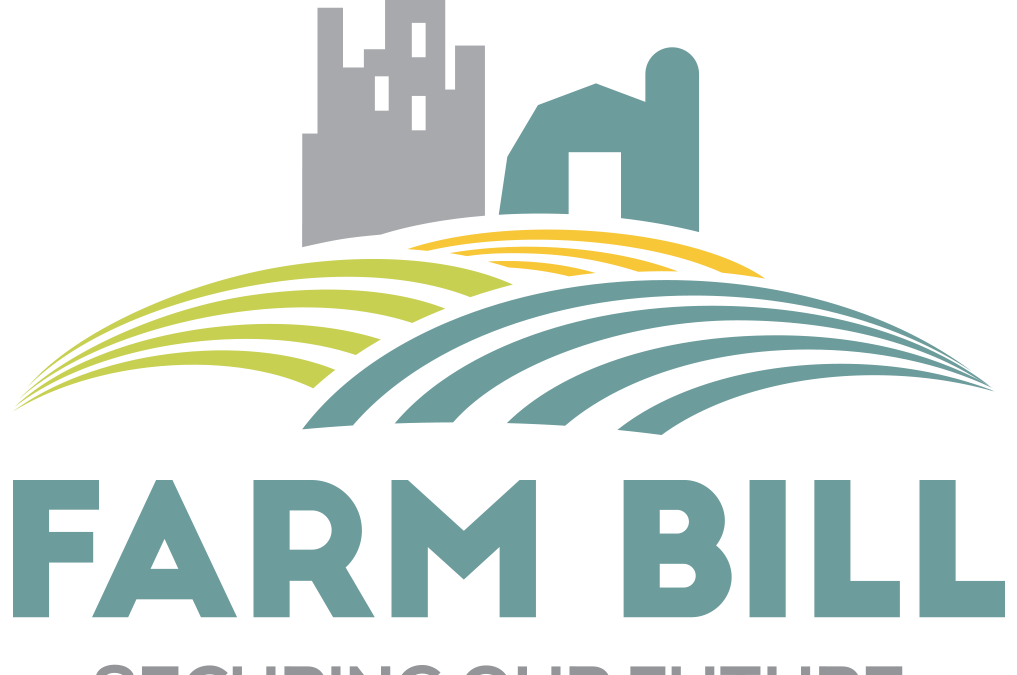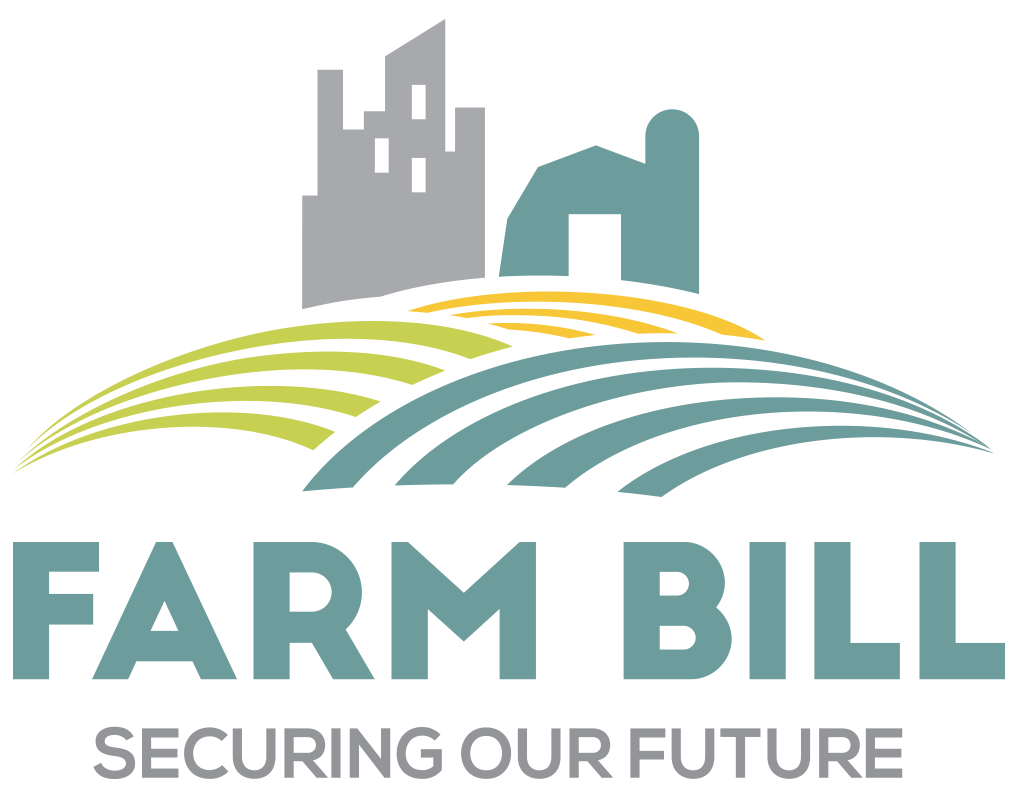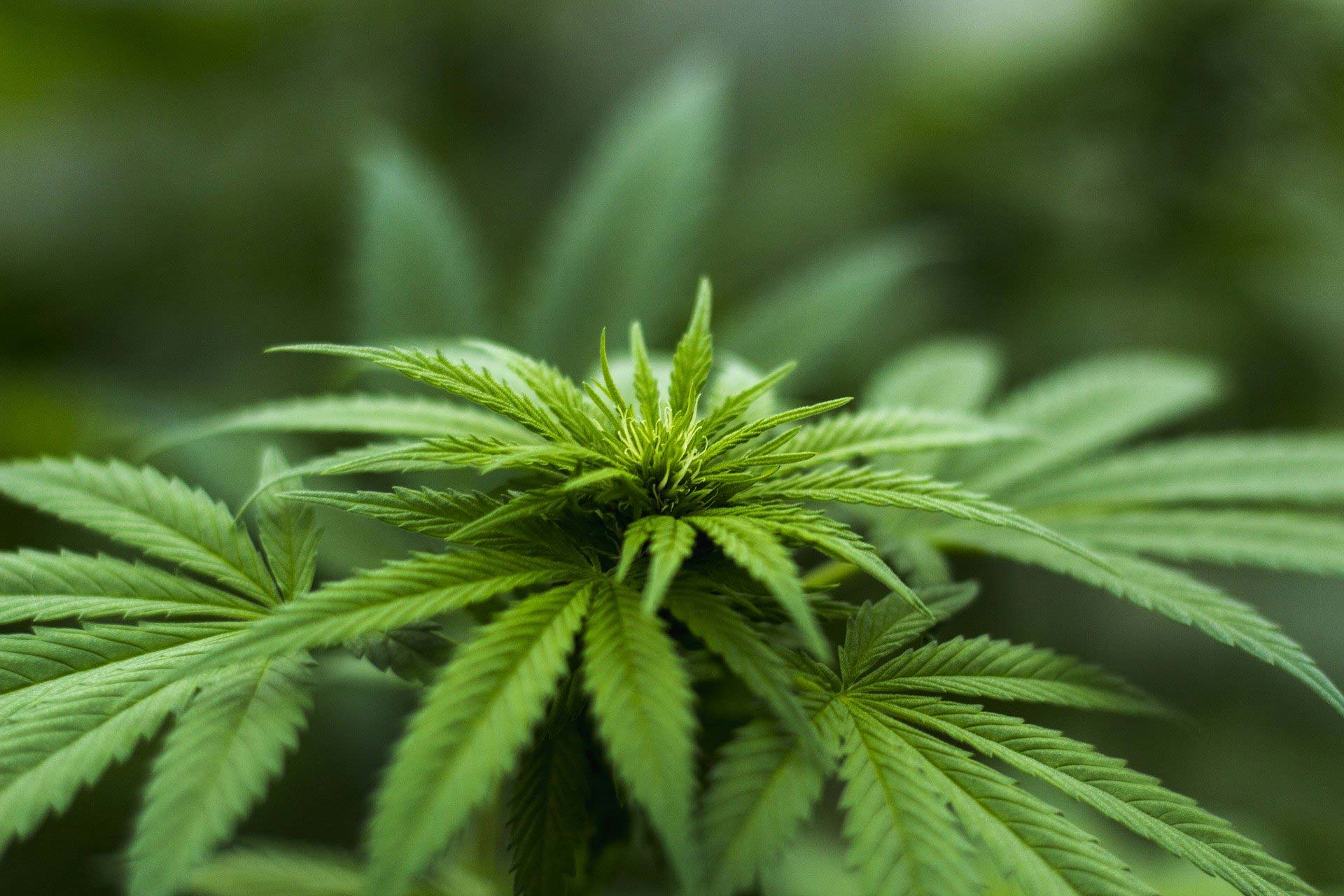Hemp farmers determined to change new crippling Farm Bill regulations
Here are four things farmers want to be revised in the law.
LOS ANGELES — January 7, 2020 — Hemp farmers throughout the nation were handed a devastating blow when the United States Department of Agriculture released new guidelines on hemp production. The new standards currently under review have sent shockwaves throughout one of the nation’s fastest-growing industries.
Hemp farmers and hemp CBD-industry leaders are desperately trying to force the federal department to rethink its actions that they view as “unreasonable” and “unnecessary.” The USDA is taking comments and feedback at www.regulations.gov (https://www.regulations.gov/document?D=AMS-SC-19-0042-0001) through the end of January 2020.
These recent revisions to the 2018 Farm Bill include new regulations for testing the levels of delta-9 tetrahydrocannabinol (THC), disposing of crops not meeting necessary requirements, licensing requirements and other criteria, according to the USDA.
If continued, this federal plan will cripple a rapidly expanding industry, sparked by the booming demand of CBD, the non-intoxicating chemical compound extracted from the hemp plant. Hemp Business Journal predicts the hemp CBD industry will hit $1.8 billion in 2020. The new plan, however, threatens to stop some — if not most — farmers in their tracks.
“It is a worry for every farmer I talk to because they know if they’re growing hot (no less than 0.3 percent THC), they would have to destroy their crops,” said David Lee, owner of Pine Valley Farms (https://m.facebook.com/pinevalleyfarmsLLC), the first producers of industrial hemp in Utah. “And it’s very difficult right now to meet that threshold. There are currently not many at all that can do it.”
The USDA predicts 20 percent of the more than 128,000 acres of hemp crops in the U.S. will have to be destroyed in 2020 because they are non-compliant. Local farmers, on the other hand, predict more of an 80 percent failure rate.
Among other criteria within the plan, hemp farmers will have to comply with the following changes:
15-day Window
What the guidelines call for: Farmers must get their crops sampled 15 days (instead of 30 days) prior to the anticipated harvest and then tested in labs registered by the USDA. Since THC content of hemp generally peaks as the plant ripens, these plant samples collected closer to harvest will likely have a higher THC level than the 30-day testing in the past. If crops are not tested within this time window, the farmer could be cited and lose the entire crop.
What the farmers want: Change the 15-day testing window back to 30 days, with no further restrictions throughout the plant’s supply chain.
“That (15-day) window is pretty ridiculous,” said Akasha Ellis, founder of Ventura Seed Company (https://venturaseedcompany.com/), the first USDA-certified organic hemp CBD supplier in California.
He says most hemp crops are planted in June or July and harvested in late September or October. Many variables — such as weather and genetics — during that growing period are out of the farmer’s control and could unknowingly turn a 0.1 percent hemp plant into a non-compliant plant.
Bob Hutmacher, who studies all aspects of agriculture for the University of California system, agrees that the testing period is unrealistic.
“The timeframe is very difficult to adhere to,” he said. “To sample, submit, test and wait for results in 15 days? Even in California, where we don’t have to deal with real weather conditions, I can’t imagine how you can do that.”
Sampling and Lab Testing
What the guidelines call for: Hemp producers are ordered to have their fully matured hemp plants sampled and collected by a USDA-approved agent, who then submits the samples to a qualified USDA-registered lab for determination of the THC levels, all at the farmer’s expense. All non-compliant crops will have to be destroyed, also at the farmer’s expense.
What the farmers want: Until the science of lab testing is more accurate and consistent, farmers should be allowed a 0.5 percent margin and a warning. Offenders should be able to get re-tested in a reasonable timeframe, at their own expense.
“The margin of error, if you take from one lab to another lab, you can get completely different results,” said Gabriel Swope, of CBD Flower USA (www.cbdflowerusa.com) in Las Vegas, a hemp grower and one of the nation’s biggest online distributors of hemp CBD.
“One bud from the same exact field and even the same exact plant could get a different result,” he said of his concern for strict federal lab testing. “It’s not a cut and dry method because we haven’t figured out a standardized way to make it fair. There needs to be more margin of error in the testing itself.”
0.3 Percent THC
What the guidelines call for: For hemp farmers to remain in compliance with federal law, their hemp plants must test below 0.3 percent THC. This is generally perceived as a tall order, since most hemp is tested in the 0.5 percent to 1 percent range, according to hemp producers. Many states have allowed slight variants in test results. According to the DEA, hemp plants with 0.3 percent or higher levels of THC are considered Schedule I drugs — basically marijuana — and are illegal to grow and distribute in the United States without a special license.
What the farmers want: The THC figure should be placed at around 1 percent. It’s nearly impossible to grow hemp under 0.3 percent THC due to all the variables that go into growing this crop. Another factor is that there just aren’t many strains of hemp seeds that come in with genetics under 0.3 percent THC yet.
“There needs to be an education in it,” Ellis said. “Marijuana is going to be in the 8 to 25 percent THC range, not 0.3 delta-9. Nobody gets high on 2 percent. That’s the joke of it all.”
Total THC vs. Delta-9 THC
What the guidelines call for: The lab testing will measure what is called “total THC,” the combination of delta-9 THC (the psychoactive component in cannabis) and THCa, which is non-psychoactive and will not get you high. When you add THCa to the materials being tested, the “total THC” level could jump another half to a full percentage point, say, farmers.
What the farmers want: Do one of three options: test for delta-9 only; increase the allowance to 1 percent if testing both delta-9 and THCa together; recognize the possibility of false lab tests and give farmers some leeway.
“That 0.3 number is really just an abstract number that means nothing,” Lee said. Reportedly, the 0.3 figure was adopted from a Senate hearing pertaining to the federal Controlled Substance Act of 1970 and appears to have no scientific reasoning behind it.
“I hope they listen to the comments and get that changed,” Lee added.
Ellis, who presides over 3,700 acres of hemp in Ventura County, Calif., says he can’t see why the government would want to make it harder on farmers. The product has proven to be an environmental boom to some businesses and has so many uses.
“I just want to grow a crop that supports our land, our water, our community,” he said. “Why would we want to put that burden on farmers. The levels we’re talking about now (0.3 percent) are so low, it’s like they’re fighting against the farmers, and making it harder for them.”
Despite the heavy-handed rules, there are some farmers are distributors producing compliant hemp CBD now.
Ellis says most (95 percent) of his crop was compliant in 2019.
Pine Valley Farms has been under 0.3 for years under stricter regulations in the state of Utah, according to Lee.
You can also purchase several strains of hemp at CBD Flower USA (www.cbdflowerusa.com) in Las Vegas, where their hemp is grown in greenhouses and harvested up to three times a year.

Where to Comment about Farm Bill Regulations
The USDA encourages people to comment while this topic is under review through the end of January 2020. A spokeswoman said Jan. 6 that they have received more than 1,000 comments so far.
There are several ways to be heard:
- You may submit written comments via the Federal eRulemaking portal at www.regulations.gov.
- Comments may also be filed with the Docket Clerk, Marketing Order and Agreement Division, Specialty Crops Program, AMS, USDA, 1400 Independence Ave., SW, STOP 0237, Washington, D.C., 20250-0237; or Fax: (202) 720-8938.
- For information, contact Bill Richmond, Chief, U.S. Domestic Hemp Production Program, Specialty Crops Program, AMS, USDA; 1400 Independence Ave., SW, Stop 0237, Washington, D.C., 20250-0237; or call (202) 720-2491, fax: (202) 720-8938, or email: [email protected]
- Patty Bennett, Director, Marketing Order, and Agreement Division, Specialty Crops Program, AMS, USDA at the same address and phone number above or email: [email protected].
Visit our blog to learn more about CBD business opportunities.





Recent Comments